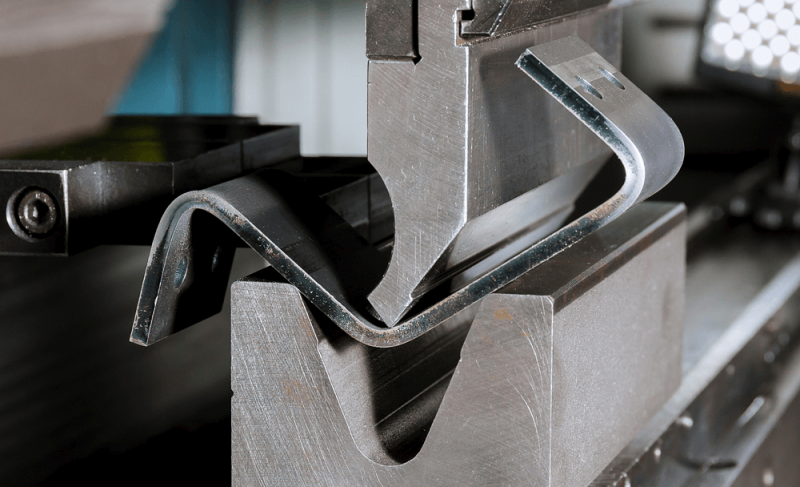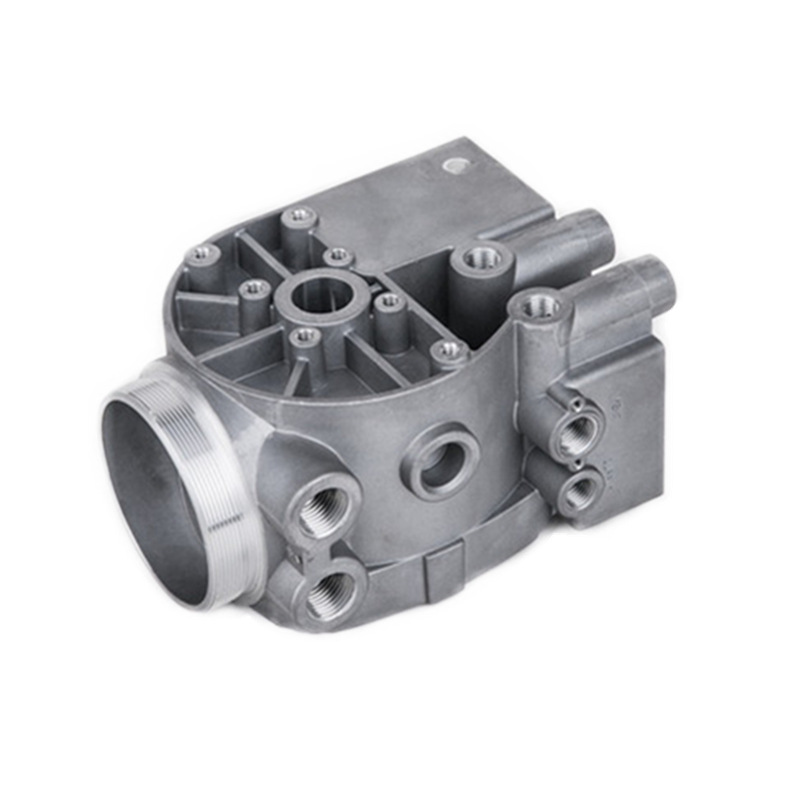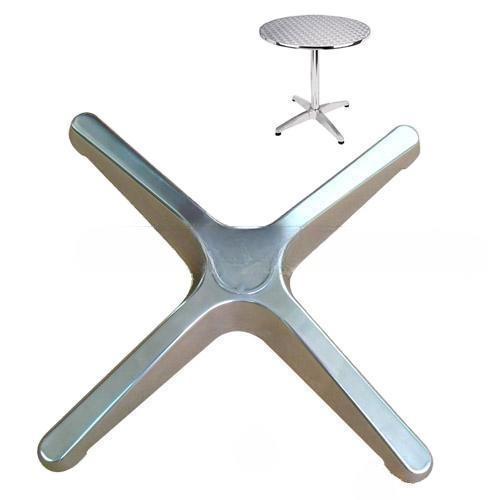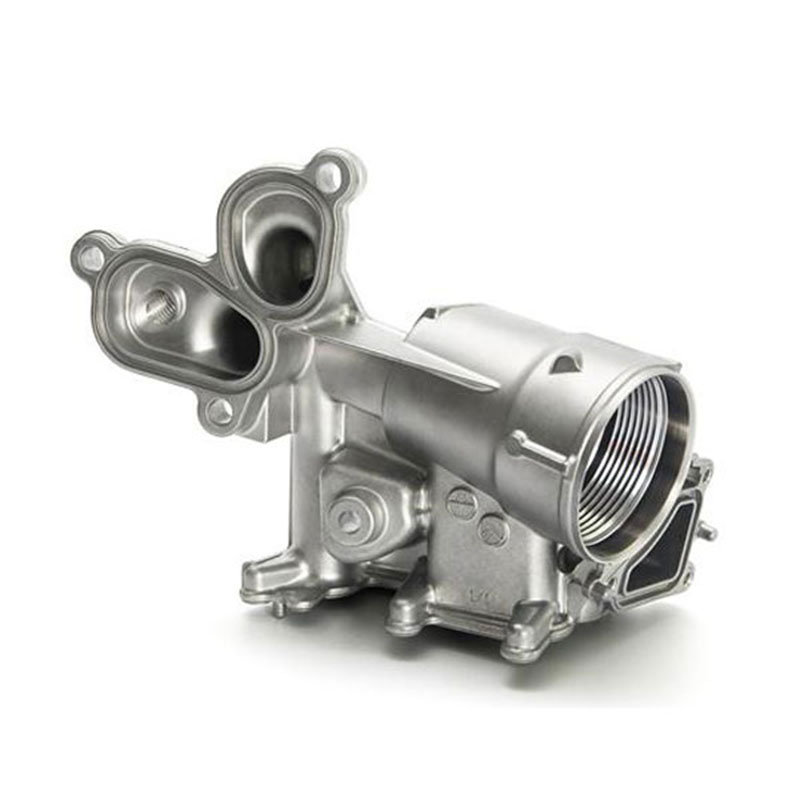Sheet Metal Fabrication: Understanding Costs and Cost-Saving Tips
Sheet metal fabrication stands out as a highly popular process in prototyping, offering a versatile approach to creating durable parts, ranging from prototypes to high-volume production components. Despite its numerous commercial benefits, the cost associated with sheet metal fabrication remains a key consideration for product developers.
Every aspect of a sheet metal fabrication project incurs a specific cost, encompassing design, potential prototyping, finishing processes, and more. Material costs are also integral, making it imperative to develop a cost-saving strategy to optimize the outcome of your sheet metal project.
Estimating Sheet Metal Fabrication Costs: A Step-by-Step Guide
In order to estimate the costs associated with sheet metal fabrication, it's crucial to follow a systematic approach. The following steps outline a cost estimation process:
-
Break Down the Production Cycle:
- Divide the production cycle into simpler processes, focusing on one cycle at a time.
-
Calculate the Cost of Raw Materials:
- Estimate the quantity of materials required for a single product.
- Utilize a sheet metal fabrication cost calculator for raw material cost estimation.
-
Add the Cost of Machining:
- Determine the hourly cost of the machine, its efficiency, and cycle time.
- Calculate machining cost using the provided formula.
-
Repeat the Calculation for Different Production Phases:
- Apply the same process for each phase or machine involved in the production cycle.
-
Total Product Cost:
- Sum up the raw material cost and machining cost to obtain the total production cost for one piece.
Factors Affecting Sheet Metal Fabrication Costs: An Overview
Several factors influence the costs associated with metal fabrication projects:
-
Installation Pricing:
- Ease of installation and duration impact costs.
- Installation expenses may include skilled professionals, permits, safety gear, and transportation.
-
Cost of Raw Materials:
- Material selection and market fluctuations affect overall prices.
- Thickness of the metal contributes to material and labor costs.
-
Plating and Welding Costs:
- Welding pre-plated sheet metal can be unsafe and costly.
- Considerations for plating after fabrication may increase costs and lead times.
-
Physical Work Required:
- Skilled fabricators and specialized equipment affect labor costs.
- Computer-aided designs and CAD/CAM software contribute to expenses.
-
Metal Structure and Design Complexity:
- Complex designs with multiple bends, cuts, and welds increase costs.
- Tighter tolerances and intricate designs require more time and labor.

Tips for Reducing Sheet Metal Fabrication Costs: Practical Strategies
To minimize costs in sheet metal fabrication, consider the following tips:
-
Choose the Right Raw Materials:
- Opt for stock sizes and affordable materials for prototypes.
- Collaborate with fabricators buying mill-direct for lower bulk pricing.
-
Use a Common Gauge of Sheet Metal:
- Design with standard sheet gauges and sizes to reduce costs.
- Standardize gauges to avoid specially ordered materials.
-
Avoid Complicated Design Elements:
- Simplicity in design minimizes costs associated with cuts, bends, and welds.
- Opt for simpler angles and features to enhance cost-effectiveness.
-
Consider Finishing Options Wisely:
- Choose finishes based on application needs and aesthetic requirements.
- Delay finishes like engraving until the final stages of product development.
-
Contact a Professional Fabricator:
- Choose a full-service fabricator with in-house capabilities.
- Collaboration with professionals streamlines the process, reducing costs.
-
Other Considerations:
- Stick with appropriate tolerances to avoid additional costs.
- Utilize optimal bend radius for efficient manufacturing.
- Consider fast and readily available fasteners to minimize expenses.
Conclusion: Cost-Effective Sheet Metal Fabrication
Sheet metal fabrication costs are a critical aspect of project planning. By employing the outlined cost estimation process and implementing strategic tips for cost reduction, developers can achieve high-quality sheet metal parts at competitive prices. Partnering with professional fabricators with in-house capabilities further ensures efficiency and cost-effectiveness in the fabrication process.
NINGBO FUERD MECHANICAL CO., LTD
Website: https://www.fuerd.com



